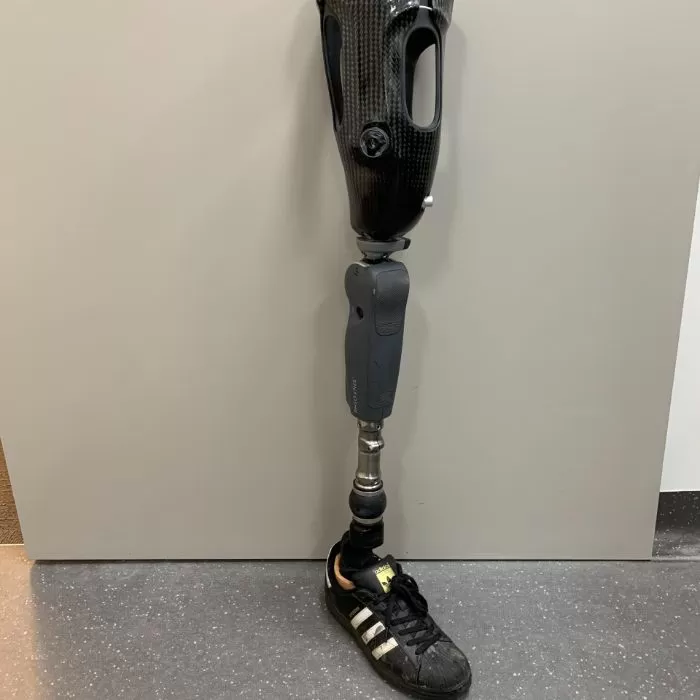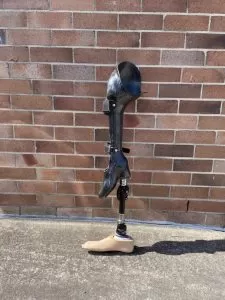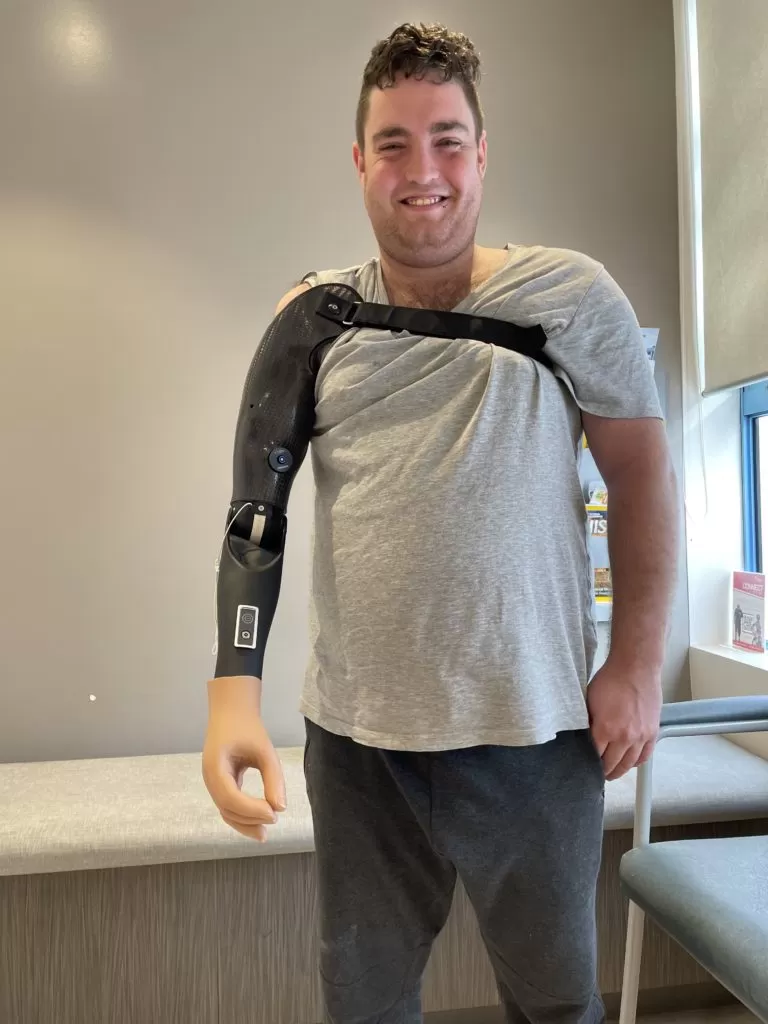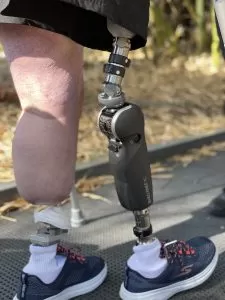What are Prosthetics? What do you picture when you hear the word, bionics? Maybe the things you’ve seen in movies like Terminator – high tech computers integrated with the body? Sci-fi and movies portray a level of fantastic design that although we hope to aspire to one day in the future, in reality they are a lot more basic, and focused on ADLs (activities of daily living) and functional movement.


Prosthetics and Bionics are interlinked fields of healthcare, which are concerned with restoring missing biological function.
You can read more on the difference between bionics and prosthetics, and how they are connected below.
What are Prosthetics? Prosthetics is the field of healthcare concerned with Prosthetic limbs, also known as prostheses. With regards to the work we do at APC Prosthetics, prostheses are custom made devices which restore some of the function of a missing arm (upper limb) or leg (lower limb).
In everyday language, many people misuse the word “prosthetic” as a noun when talking about an artificial limb, when the word is actually an adjective in this context. You might hear someone say, “I’m getting a new prosthetic this week”. Instead, they should say, prosthetic leg or prosthetic arm. The correct word to describe the device as a whole is, prosthesis – “I’m getting a new prosthesis this week”.
Prosthetic = adjective/describing word
Prosthetics = field of study/work
Prosthesis = singular prosthetic device
Prostheses = multiple prosthetic devices
Prosthetist = clinician who prescribes and makes your prosthesis

Traditionally, prostheses were fixed or static devices. As technology has improved, prosthetic devices can include body-powered mechanical joints that rely upon the manipulation of weight forces and compensatory body movements to activate. For example, a prosthetic user with an above knee amputation might use a mechanical knee, which is activated by movement of their body weight around the knee axis and relies upon the user’s strength and control for safety during walking.
Contact us to find out more!

Similarly, an example of a mechanical solution for a prosthetic user with an upper limb amputation is a body powered hook which is attached to a cable and harness system that requires specific shoulder movements to draw on the cable to open or close the hook. Most prosthetic feet utilise dynamic energy storage and return (DESR) to create a degree of movement, but the introduction of hydraulics can enable a greater range of motion with less input/effort required from the user.
Technological advances within the past 25 years have allowed the field of prosthetics to expand to incorporate bionic solutions.
Bionics is the field of healthcare concerned with mechanically replacing or enhancing the natural function of body organs and other body parts. In a prosthetic context, bionic devices are computer or microprocessor-controlled components, which provide additional benefits than the purely mechanical solutions discussed above, such as improved mobility, safety, and function. These benefits are useful for prosthetic users with upper limb and/or lower limb amputations or congenital limb differences.
For prosthetic users with an above knee amputation, microprocessor-controlled knees use state-of-the-art sensor systems to mimic a natural walking pattern and provide an extremely high level of safety and function for the user. These knees have sensors which detect movement at up to 100 times per second and then respond by controlling the resistance in their control mechanisms to provide the appropriate safety or mobility as required at each stage of the walking cycle. Microprocessor knees can be controlled through hydraulic control or smart fluids such as magnetorheological fluid and these control mechanisms change the way the knee reacts in each situation; the sensors act like a ‘brain’ in the knee and control the knee function to keep the user safe. Feet with microprocessor-controlled ankles which operate in a similar way can also be used by both prosthetic users with an above knee (transfemoral) or below knee (transtibial) amputation.
While bionics improve safety and mobility for prosthetic users with above knee amputations, for prosthetic users with upper limb amputations or congenital limb differences there are other functional benefits. Upper limb bionic solutions include myoelectric prostheses, which rely on sensors in the socket to detect electrical signals from muscle activity in the residual limb to control prosthetic components, such as a prosthetic hand. This allows a prosthetic hand to function in a more natural way, without the need for harnesses and compensatory shoulder movements. Such systems can provide an improved level of control over traditional mechanical systems, and there are even systems which can recognise patterns of residual limb muscle activation to allow movements of multiple upper limb joints at a single time. Check out our Instagram to see little Brody learning to use his myoelectric hand.


